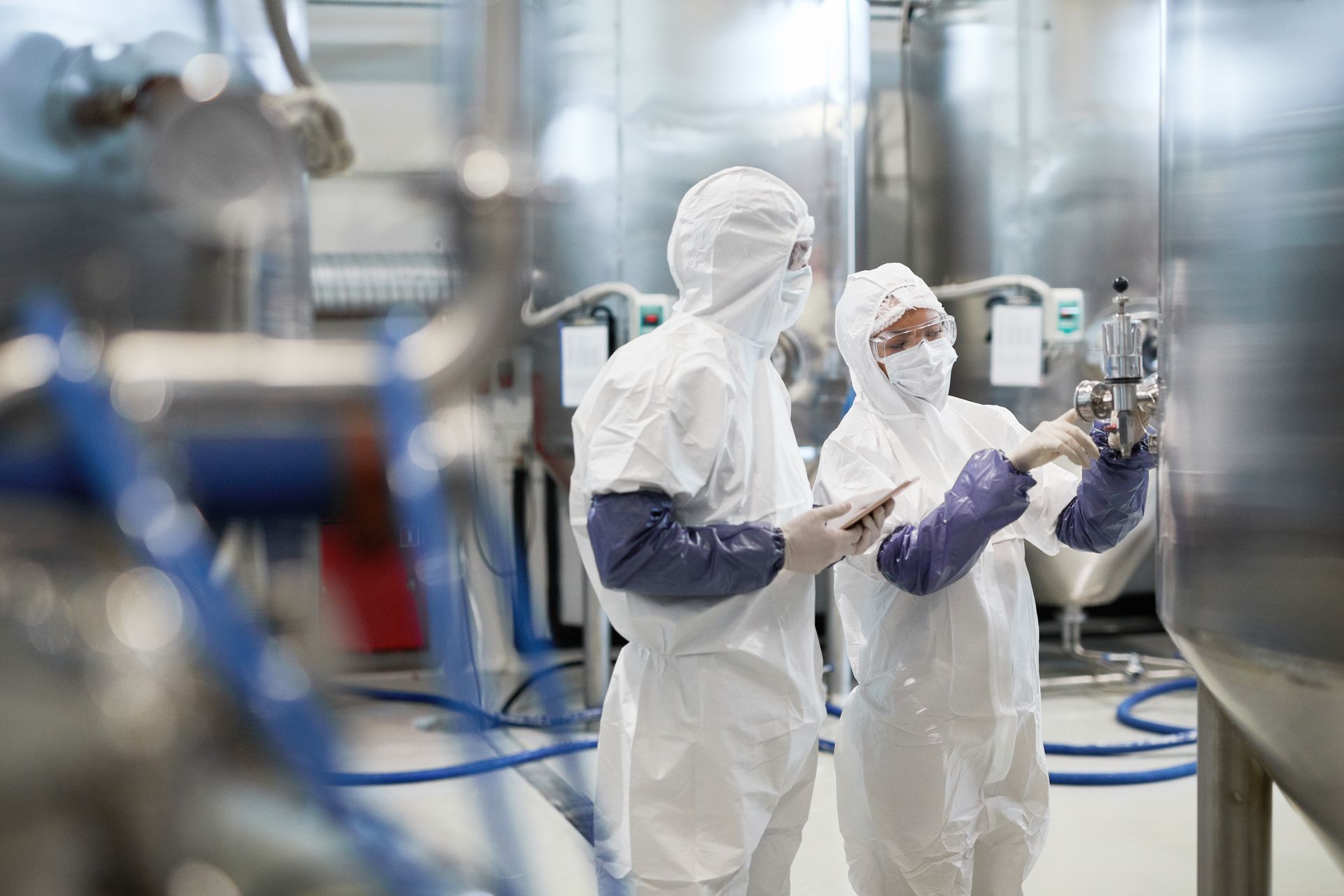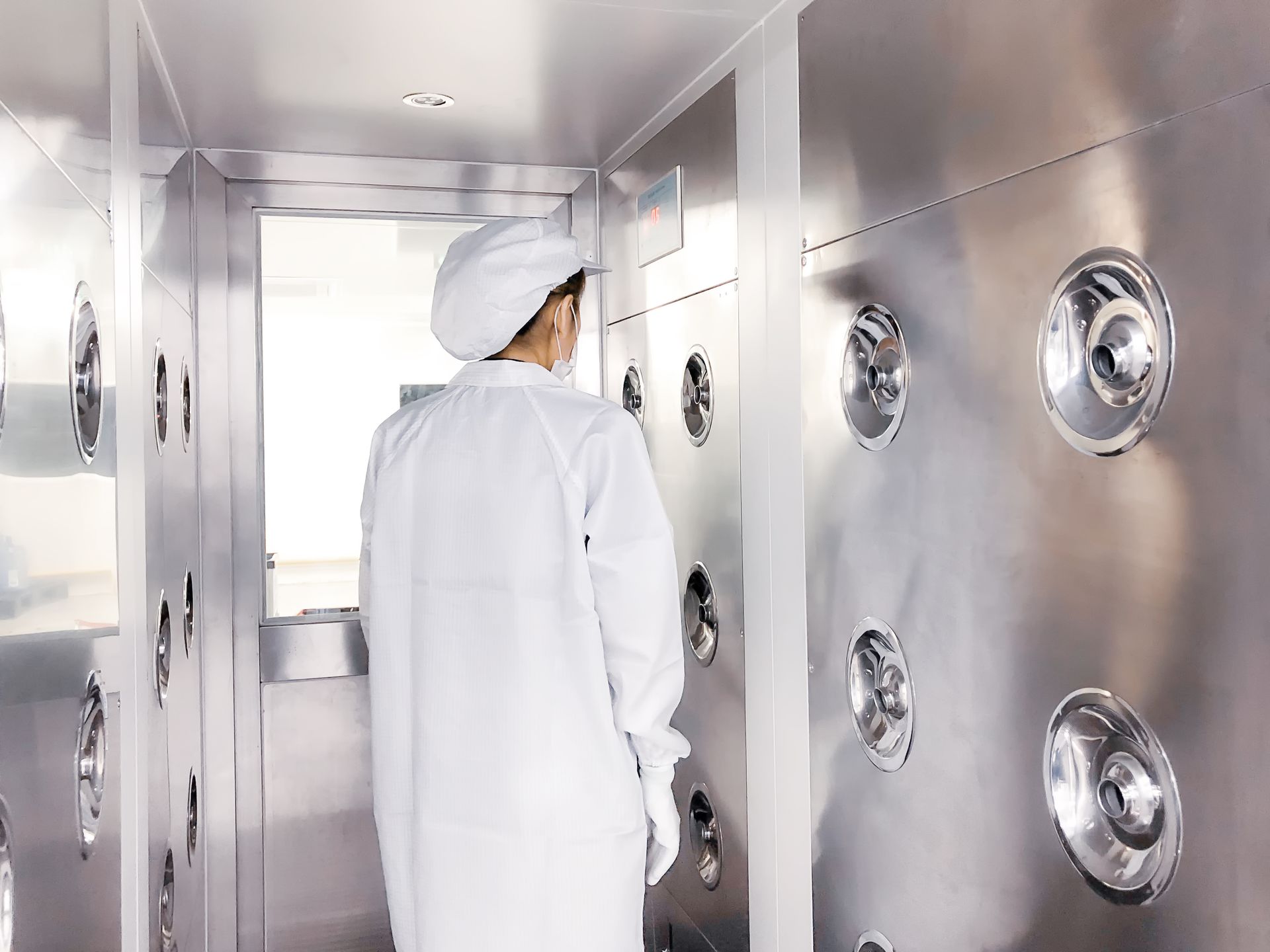The Role of Cleanrooms in Solar Panel Manufacturing
Introduction
Solar panel manufacturing is a highly sophisticated process that requires a combination of advanced materials, precision engineering, and a contamination-free environment. As the demand for renewable energy sources grows, the solar energy industry has experienced rapid advancements in both technology and production methods. At the heart of these developments is the cleanroom – a controlled environment essential for ensuring the highest level of quality and efficiency in the production of solar panels.
Cleanrooms are designed to maintain a controlled environment with minimal levels of dust, airborne particles, and other contaminants that could affect the delicate manufacturing process. In solar panel production, where minute defects can compromise efficiency and performance, the role of cleanrooms becomes paramount. This article explores the critical role of cleanrooms in solar panel manufacturing, the processes that require such environments, and the importance of contamination control in ensuring high-quality, reliable solar panels.
Understanding Cleanrooms and Their Role
Cleanrooms are environments that have controlled levels of airborne particles, temperature, humidity, and pressure. They are classified based on the concentration of particles of different sizes in the air, as specified by standards such as the ISO 14644 series. In the context of solar panel manufacturing, cleanrooms are required for various processes to ensure that even microscopic particles do not interfere with the production of highly efficient solar cells.
The primary function of cleanrooms in solar panel manufacturing is to create an environment that prevents contaminants such as dust, chemicals, and even microbial particles from damaging the components and materials used to make solar panels. The introduction of foreign particles during production can lead to defects in the solar cells, reducing their efficiency, lifespan, and overall performance.
The Solar Panel Manufacturing Process and Cleanroom Requirements
The manufacturing process of solar panels is complex, involving multiple stages that require the use of highly refined materials and the integration of delicate components. These stages include the preparation of raw materials, the creation of solar cells, and the assembly of solar panels. Let’s explore these processes and examine why cleanroom environments are crucial at each step.
1. Silicon Wafer Production
The foundation of most solar panels is the silicon wafer. Silicon is the most widely used material for creating solar cells, and its purity is critical to ensuring the efficiency of the solar panel. Silicon wafers are thin slices of silicon crystal, and any contaminants introduced during the slicing process can affect the quality of the wafer.
Cleanrooms are vital in this early stage of solar panel manufacturing, as even tiny particles of dust or contaminants can alter the structure of the silicon, leading to defects. Silicon wafers must be cut, polished, and chemically treated in a cleanroom environment to remove surface contaminants and prepare them for the next stage of manufacturing. In these controlled environments, the silicon wafer is treated with chemicals and heated to high temperatures in vacuum chambers, processes that require meticulous contamination control to prevent particle buildup.
2. Solar Cell Production
Once the silicon wafers are prepared, they undergo a series of processes to create the solar cells. This includes doping, where materials such as phosphorous or boron are introduced to the silicon to create the p-n junction, which is essential for the photovoltaic effect that generates electricity when exposed to sunlight.
The doping process must be performed under stringent conditions, as even the slightest impurity can interfere with the efficiency of the solar cell. The introduction of doping materials in cleanrooms ensures that the process is controlled and free from contaminants that could affect the material properties of the silicon.
In addition to doping, solar cells undergo a process called passivation, where a thin layer is applied to the surface of the cell to reduce recombination losses and improve efficiency. Again, these processes require extremely clean environments to ensure that the surface of the cell remains free from dust and particles that could disrupt the passivation layer or the overall structure of the solar cell.
3. Cell Testing and Sorting
Once solar cells are manufactured, they are tested for efficiency, performance, and reliability. Solar cells are typically tested under simulated sunlight to evaluate how much energy they can generate. Cleanrooms play a crucial role during this testing phase by ensuring that the cells are not exposed to dust or particles that could interfere with the test results.
During testing, solar cells must be handled with care to avoid contamination or physical damage. Cleanrooms provide the necessary environment to perform testing in a controlled space, where temperature, humidity, and cleanliness can be maintained to guarantee consistent results. The sorting of cells based on their efficiency is also performed in cleanrooms to ensure that only the highest-performing cells are used in the final assembly of the solar panels.
4. Panel Assembly
The final stage in solar panel manufacturing is the assembly of individual solar cells into complete modules or panels. This process involves wiring the solar cells together and encapsulating them in protective layers. Cleanrooms are particularly important in this stage, as the cells must be carefully aligned and soldered to ensure proper electrical conductivity.
The encapsulation process, which involves placing the cells in layers of protective materials like glass, plastic, and EVA (Ethylene Vinyl Acetate), also requires a cleanroom environment. Any dust or debris that settles on the cells during this process can reduce the efficiency of the panel or cause long-term degradation. Cleanroom environments prevent such contamination, allowing for the precise assembly of high-quality solar panels that can withstand environmental conditions over time.
Importance of Contamination Control in Solar Panel Manufacturing
Contamination control is the backbone of cleanroom environments and is crucial in ensuring that solar panels meet the highest quality standards. In solar panel manufacturing, contamination can take many forms, including dust, airborne particles, chemicals, and even human particles such as skin cells or hair. These contaminants can interfere with the delicate materials used in the production of solar cells and panels.
Here are the key reasons why contamination control is essential in solar panel manufacturing:
1. Improved Efficiency
Solar panels are designed to convert as much sunlight as possible into electricity. Contaminants, even at microscopic levels, can impede the electrical performance of the solar cells, leading to decreased efficiency. For instance, dust particles or impurities can cause hotspots within the cells or interfere with the electrical connections, reducing the panel’s overall ability to generate power.
By maintaining strict contamination control in cleanrooms, manufacturers can ensure that solar panels are as efficient as possible, with minimal defects and maximum performance.
2. Increased Lifespan
Solar panels are designed to last for decades, but contamination during the manufacturing process can lead to long-term degradation. For example, contamination on the surface of solar cells can create weak spots that are more susceptible to damage from UV radiation or environmental factors. By using cleanroom environments to eliminate contaminants during production, manufacturers can increase the longevity of the solar panels, ensuring that they continue to perform well over time.
3. Consistency and Reliability
In industries like solar energy, where performance and reliability are critical, even small variations in manufacturing quality can have significant impacts. Contamination can lead to inconsistencies in the manufacturing process, resulting in panels that perform differently from one another. By maintaining a cleanroom environment, manufacturers can ensure that each solar panel is produced to the same high standard, providing consistent and reliable performance across all units.
4. Meeting Regulatory Standards
Solar panel manufacturers are often required to meet specific regulatory standards for quality, safety, and environmental impact. These standards ensure that the solar panels are safe to use and will perform as expected throughout their lifespan. Cleanrooms are essential for meeting these standards, as they provide the necessary environment for producing high-quality panels that comply with regulatory requirements.
Energy Efficiency and Sustainability in Cleanroom Design
In the context of solar panel manufacturing, energy efficiency is a crucial consideration. While cleanrooms are necessary for ensuring product quality, they are also energy-intensive environments due to the HVAC systems required to maintain strict environmental conditions. Solar panel manufacturers are increasingly adopting energy-efficient cleanroom designs that minimize energy consumption while maintaining the required standards for cleanliness and contamination control.
Energy-saving technologies such as variable air volume (VAV) systems, heat recovery systems, and high-efficiency air filtration systems are being implemented in cleanroom designs to reduce their environmental impact. These innovations not only lower operating costs but also align with the sustainability goals of the solar energy industry, making cleanroom manufacturing more energy-efficient and environmentally friendly.
Conclusion
Cleanrooms are indispensable in the manufacturing of solar panels, where even the smallest contaminant can compromise the efficiency, performance, and reliability of the final product. From the production of silicon wafers to the final assembly of solar panels, cleanrooms ensure that the manufacturing process remains free from dust, particles, and other contaminants that could degrade the quality of the solar cells.
The controlled environments provided by cleanrooms help manufacturers produce high-efficiency, long-lasting, and reliable solar panels that meet regulatory standards and contribute to the growth of the renewable energy industry. As the demand for solar energy continues to rise, cleanroom technology will play an even more significant role in driving innovation and ensuring the production of high-quality solar panels.
Read more: All About Cleanrooms - The ultimate Guide






